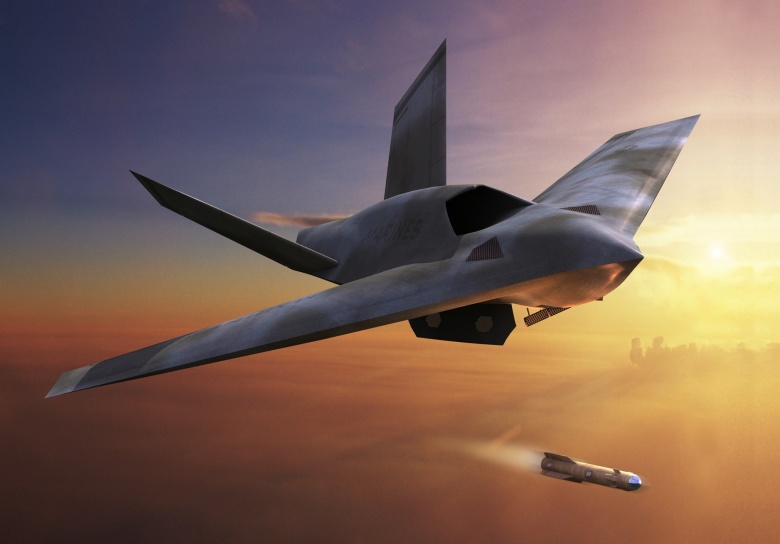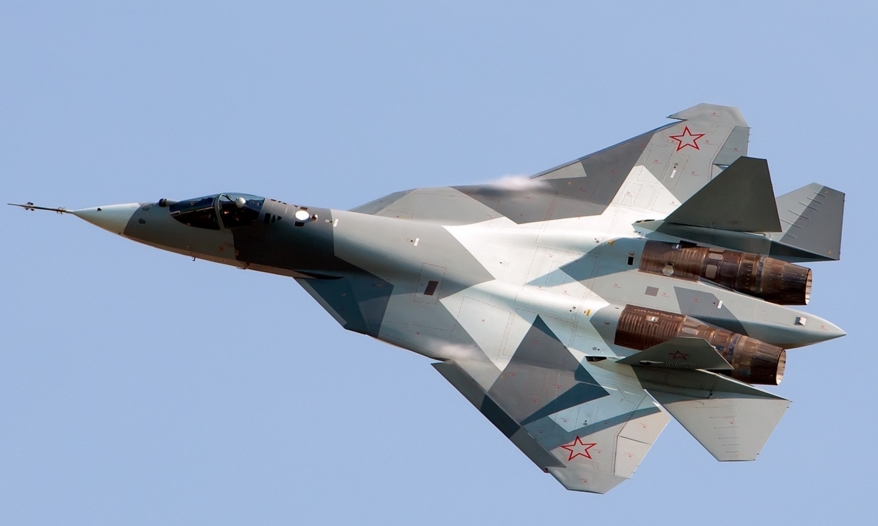Infantry units under increased risk from drone attacks
04/22/2018 / By David Williams

There is a looming threat to military service members that could result in plenty of casualties. This threat comes in the form of small drones, particularly small unmanned aircraft systems (sUASs) which can be operated quite easily without the need for human pilots. Colloquially, they are referred to as drones, and can be purchased quickly by almost anyone, whether in physical stores or online, but they have the potential to be used as hard-to-track killing machines.
This is based on an unclassified version of a new report from the National Academies of Sciences, Engineering, and Medicine, which mentions that there may be a number of adversarial groups threatening deployed U.S. forces, especially those who belong to infantry units. It is said that both the U.S. Army and the U.S. Department of Defense (DOD) are already developing tactics and systems that can be used to counter such threats, but they are limited to just single sUASs. However, the report warns that there could be a need to counter multiple sUASs in the future, such as those organized in coordinated groups, and that they could arrive sooner than expected.
The report was made after a committee conducted a full study looking into the subject, and discloses details about the committee’s findings as well as recommendations for future actions. The unclassified public version of the study, as it were, covers key background issues that are mentioned in the report. (Related: Citizens strike back: Tiny, low-cost drones may one day assassinate corrupt politicians, corporate CEOs and street criminals.)
According to Albert Sciarretta, the president of CND Technologies and the acting chair of the committee, drone technology has now advanced to the point where they can be considered legitimate threats. “Hobby drones are easy to buy, their performance is improving dramatically, and their cost has dropped significantly; not with millions of them around the world, they pose a growing threat to the U.S. warfighting forces if used for nefarious intents,” he explained. “The threats could be consumer items like hobby drones, modified consumer items such as could be assembled with online components, and customized ones, like built-from-scratch aircraft.”
It is said that the U.S. Army itself asked the committee to examine the threat level posed by sUASs, especially when they are used en masse, and figure out ways of countering them in military situations. The committee was also asked to assess certain human-related performance issues, and even to identify the types of technologies that can be used in either short- or long-term science and technology investments by the Army.
The biggest problem, according to the report on the study, is that high-performance sUASs are both readily available and can be easily modified to carry lethal weapons. They can also be used to identify targets at long ranges and conduct electronic warfare attacks. Primarily, it is these things that make them quite scary if found in the hands of adversaries.
Scarrietta also expressed concern that these types of drones could be used to carry out unexpected types of attacks. “Modified hobby drones can be used to support conventional and unconventional attacks. For example, they can be fitted with external or embedded explosives designed to explode on contact,” he said. He also added that they could be used to jam radio frequency signals to aid in enemy information operations. “When these sUASs are combined in groups or swarms, their threat is significantly enhanced.”
With all of that said, the report does offer a few suggestions. It said that countering the threats first requires detecting and identifying them. This is difficult due to their small sizes, the fact that they fly at low altitudes, have highly irregular flight paths, and can travel at a range of speeds. But those are really the first steps that need to be done in order to stop them. Basically, the report concludes that countering them effectively will be quite challenging, and that it will require more significant investments from both the Army and the DOD in order to achieve any success.
Read more about the U.S. Army in NationalSecurity.news.
Sources include:
Tagged Under: armed forces, Department of Defense, drone attacks, drone swarms, drone technology, drones, hobby drones, infantry, military, military threats, national defense, national security, service members, small unmanned aircraft systems, soldiers, sUASs, U.S. Army




















